
Farmers need to understand the information to be able to produce sustainably in accordance with regulations.
Focus on root cause treatment
According to the Customs Department, in the first 10 months of 2025, frozen durian exports increased by nearly 70% in volume and 130% in value compared to the same period last year, bringing in more than 2 billion USD. Not only in the Chinese market, Vietnamese durian is present in the US, Canada, Japan, Papua New Guinea and many other potential markets, contributing to bringing the fruit and vegetable turnover to about 3.2 billion USD as of the end of October, almost reaching the export level for the whole year of 2024. These figures show the attractiveness and great potential of the durian industry in the structure of Vietnam's agricultural exports.
However, the above results came after a period of turmoil. In early 2025, many durian shipments were returned by China because they exceeded the Cadmium threshold and contained yellow O residue. The continuous warnings forced businesses to temporarily suspend exports to review the process, causing great economic damage, causing domestic purchasing prices to drop sharply, and severely affecting farmers.
Mr. Dang Phuc Nguyen, General Secretary of the Vietnam Fruit and Vegetable Association, said that the Cadimi lesson shows that just a small mistake in residue control can affect the entire supply chain. If output and quality are not enough, the brand can be lost very quickly. Durian is a billion-dollar industry, but to maintain its position, standards must be met from soil, fertilizer, irrigation water to harvesting and packaging.
According to Mr. Nguyen, the Cadimi story is not just about sample testing but also about reorganizing growing areas and building a safe production base. If we only worry about dealing with returned goods, Vietnam will always be behind the market and will easily repeat mistakes. Therefore, Mr. Nguyen emphasized that the key factor is to control from the root, in which having a national Cadimi map for durian growing areas is a tool to help businesses and farmers clearly know the land condition, thereby proactively cultivating and handling techniques.
Similarly, Dr. Le Phong Hai, Director of Biotech Solution Technology Transfer Center, Vice President of Vietnam Agricultural Business Club, further explained: “Cadmium is not a new issue, but now it has become a mandatory requirement in international agricultural trade. If it is not thoroughly handled from the root, it will be difficult to maintain the current export growth rate."
Mr. Le Phong Hai said that the Ministry of Agriculture and Environment has taken the right direction when building a Cadmium map to assess the level of heavy metal contamination in each growing area. This data acts as an “export risk map”, helping businesses find clean raw materials and reduce dependence on passive inspection from importing countries.
After having the map, land reclamation needs to be carried out according to each level of pollution, Dr. Le Phong Hai also noted, reclamation must be based on the characteristics of each land area, because Cadmium exists in many different forms and only the soluble ion form penetrates into crops. That means the goal is not to completely eliminate Cadmium in the soil but to reduce the ability to absorb Cadmium into the roots, through pH adjustment, increasing organic fertilizers, using biological preparations to fix metals and changing the appropriate crop structure. By doing this, Vietnamese durian fruit will not only meet the standards but also create a competitive advantage based on reputation.
Farmers cannot be left to fend for themselves.
Along with controlling Cadmium in soil, the Ministry of Agriculture and Environment has proposed a list of 31 active ingredients of banned pesticides, including Cadmium and groups 2,4,5T. This regulation aims to protect people's health and direct agriculture towards sustainable biology. However, for durian growing areas, which rely on some active ingredients to process flowering and restore soil, the immediate ban puts farmers in a difficult situation, not knowing what to replace them with, how to process flowering, and how to ensure productivity.
Dr. Hai believes that if we only ban without providing guidance, it will be very difficult for farmers to convert. No farmer wants to do wrong and they also want to be guided on new, safe and effective ways to export sustainably. In addition, management units also need to build model areas for safe durian growing areas, with experts and agricultural engineers staying in the area to "hold hands and guide" from the process of soil care, watering, nutrient treatment to harvesting and preservation. When farmers see clear results, they will voluntarily follow, instead of being forced to follow different standards.
Mr. Dang Phuc Nguyen also agreed: “To maintain the Vietnamese durian brand, we must invest in growers. We cannot just say “ban”, but must instruct them on new methods. There must be training courses, a team of engineers coming to the gardens and, importantly, there must be models for farmers to believe in and follow.”

Products sold in supermarket systems are strictly checked for origin.
According to the Vietnam Fruit and Vegetable Association, if Cadmium is well controlled and cultivation processes are changed, durian exports in 2025 can reach 3.4 - 3.5 billion USD. But if subjective, just one wrong crop season can turn the market away. Cadmium is now not only a technical indicator, but also a measure of national prestige in agricultural trade.
Dr. Nguyen Van Thinh, a Vietnamese agricultural economist, said that the transition to a clean production process is not only a technical requirement but also a “market passport” for Vietnamese durian. In the context of increasingly fierce competition, major exporting countries such as Thailand or Malaysia have been many years ahead in standardizing growing areas and tracing origins, so if Vietnam does not raise its standards, it will be easily replaced.
Accordingly, the most important solution now is to build a close chain of links between enterprises - cooperatives - farmers, in which enterprises provide technology and consume products, while farmers comply with standard processes. When benefits are shared transparently, farmers will proactively maintain sustainable farming instead of just following the trend.
Currently, protecting the Vietnamese durian brand is not a matter of “tightening to maintain” but rather recreating production in a sustainable, safe and science-based direction. Only when farmers are properly guided, properly transferred techniques and have confidence from practical models, can Vietnamese durian maintain its growth momentum and consolidate its position in the international market.
Source: https://baotintuc.vn/thi-truong-tien-te/bao-ve-thuong-hieu-sau-rieng-viet-khong-the-chi-cam-ma-phai-day-cach-lam-moi-20251105143518903.htm


![[Photo] Da Nang: Hundreds of people join hands to clean up a vital tourist route after storm No. 13](https://vphoto.vietnam.vn/thumb/1200x675/vietnam/resource/IMAGE/2025/11/07/1762491638903_image-3-1353-jpg.webp)






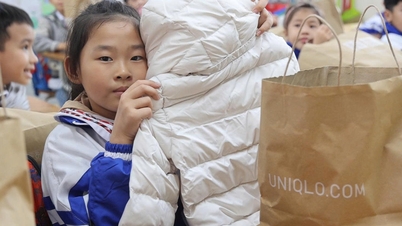
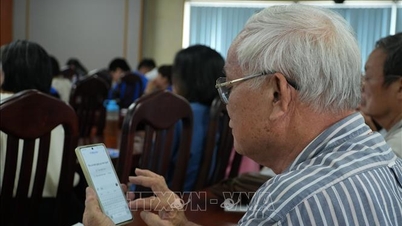


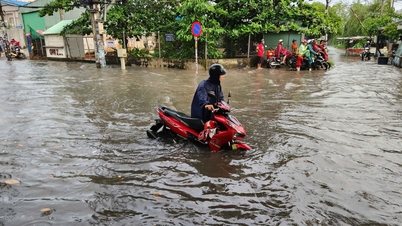
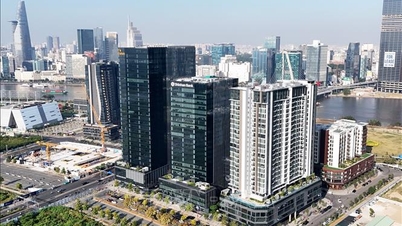



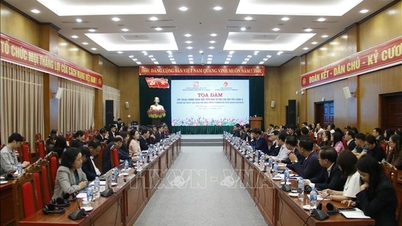











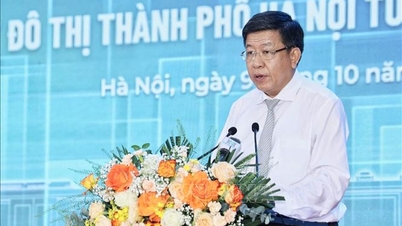
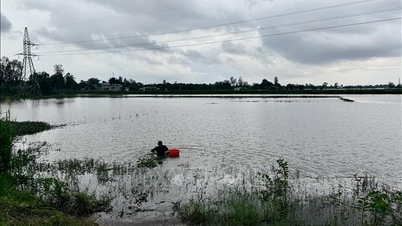







































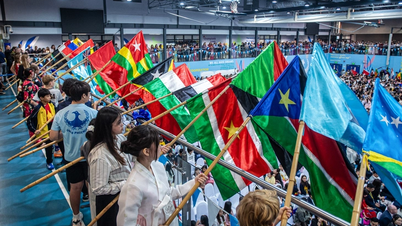










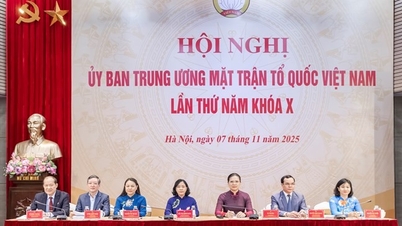
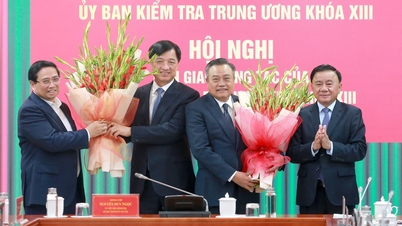








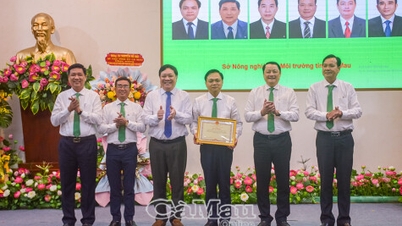

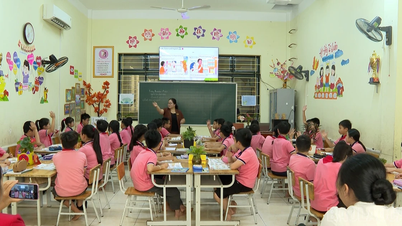
















Comment (0)